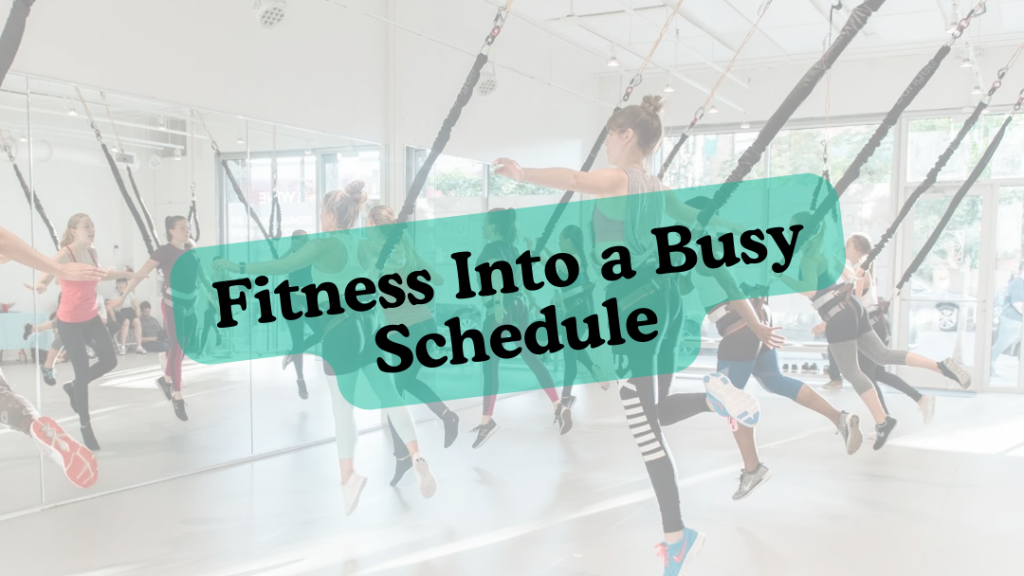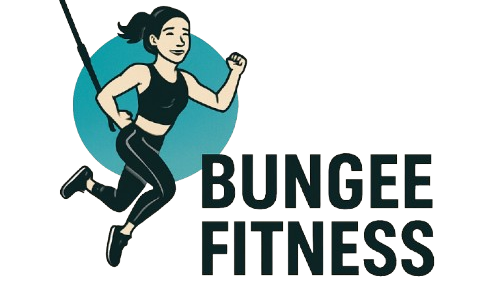Fitting Fitness Into a Busy Schedule: A Practical Guide Using Nursing as an Example
Modern life often leaves little room for personal health. Work, family, and social commitments can quickly take over, and exercise is usually the first thing to be pushed aside. Yet staying active is one of the most effective ways to protect both physical and mental health. The real challenge is fitting fitness into a busy schedule without adding extra stress. With the right approach, it is possible to stay active and maintain a balanced lifestyle.

This guide provides practical strategies, time-efficient workout ideas, and tools that will help you stay consistent—even on your busiest days.
Why Fitness Matters When Life Gets Busy
It is common to treat exercise as optional when schedules are full. However, regular movement does far more than improve appearance. It boosts energy, supports mental clarity, and reduces long-term health risks.
Key benefits include:
- More energy: Short bursts of activity improve circulation and reduce fatigue.
- Better mood: Exercise stimulates endorphins, helping to reduce stress and anxiety.
- Improved focus: Regular movement has been linked to sharper concentration and higher productivity.
- Preventive health: Consistency lowers the risk of heart disease, diabetes, and other chronic illnesses.
When viewed as a tool to support a busy life rather than compete with it, fitness becomes easier to prioritize.
You may also visit: Bungee fitness Nyc
Identifying Opportunities in Your Day
Before making changes, it helps to review your current routine. Many people overlook short windows of time that could easily be used for movement.
Consider asking yourself:
- What does a typical weekday look like from start to finish?
- Are there 10–20 minute breaks that could be used for activity?
- How much time is spent on non-essential screen use?
- Could part of a commute or work break be adapted for exercise?
Even small adjustments create opportunities for fitting fitness into a busy schedule without major disruption.
Morning Routines That Make a Difference
Exercising in the morning is often the most reliable way to stay consistent. Early activity prevents unexpected events later in the day from interfering.
Simple ways to build a morning routine:
- Prepare your clothes and equipment the night before.
- Start with a 15-minute yoga flow, walk, or short strength session.
- Use fitness apps for guided workouts that take the planning out of it.
- Pair exercise with existing habits, such as stretching while the coffee brews.
Even if mornings are not your preference, a short activity can set a positive tone for the rest of the day.
Making Use of Lunch Breaks
Lunch breaks are an often-overlooked opportunity to move. Instead of remaining at your desk, use part of this time to recharge.
Practical options include:
- Walking meetings to combine movement with work.
- Stretching at your desk to ease tension.
- Bodyweight circuits like squats, push-ups, or planks in a small space.
- Quick gym visits if a facility is nearby.
Using even half of a break for fitness can improve focus for the rest of the day.
Evening Exercise Options
For many, evenings offer the most flexibility. Exercise at the end of the day can also help reduce stress and improve sleep.
Ideas for evening fitness:
- Do light exercises, such as squats or planks, while preparing dinner.
- Go for a walk, bike ride, or short activity with family.
- Use TV time for resistance band or light weight routines.
- Keep gym sessions efficient—under an hour is often enough.
The key is to make evening exercise enjoyable and sustainable rather than a burden.
Time-Efficient Workouts
A lack of time is one of the most common barriers to fitness. Fortunately, short workouts can be just as effective as longer sessions when done consistently.
Options include:
- HIIT (High-Intensity Interval Training): Alternating effort and rest for a quick calorie burn.
- Tabata: Four minutes of structured intensity.
- Circuit training: Full-body routines with minimal rest.
- Bodyweight workouts: Push-ups, squats, lunges, and planks with no equipment needed.
- Short yoga flows: Ten minutes for flexibility and relaxation.
Choosing efficient routines makes it realistic to keep fitting fitness into a busy schedule.
Using Technology for Accountability
Technology can make consistency easier. Apps, devices, and online classes provide structure and motivation.
Helpful tools include:
- Workout apps with guided sessions.
- Habit trackers that make progress visible.
- Smartwatches that remind you to stand or move.
- Virtual trainers and classes for convenience at home.
With reminders and support systems built in, staying active becomes more manageable.
Involving the Family
When family time is a priority, fitness can become a shared activity. This approach saves time and encourages healthy habits for everyone.
Ways to combine family and fitness:
- Weekend hikes, walks, or bike rides.
- Turning household chores into active challenges.
- Dance sessions or interactive fitness games.
- Stretching or light exercises with children.
Blending activity with family time strengthens connections while keeping health goals on track.
Common Challenges and How to Overcome Them
Despite good intentions, barriers will arise. Anticipating them helps maintain momentum.
- Not enough time → Use short, high-impact workouts.
- Low energy → Start with gentle movement; energy improves with consistency.
- Lack of motivation → Use accountability partners or group challenges.
- Workload demands → Add small movements to your workday, such as standing calls or walking breaks.
By planning ahead, it is possible to stay consistent even when life feels demanding.
Building a Routine That Lasts
Long-term success comes from realistic, sustainable habits. Trying to do too much at once often leads to burnout, while steady progress builds lasting results.
Guidelines for sustainability:
- Begin with two or three sessions per week.
- Set clear, achievable goals such as step counts or daily activity minutes.
- Acknowledge small achievements to stay motivated.
- Adjust routines as schedules or responsibilities change.
Consistency matters more than perfection when fitting fitness into a busy schedule.
Final Thoughts
Staying active while managing a demanding lifestyle is challenging but achievable. By identifying small opportunities, choosing efficient workouts, and using available tools, fitness can become part of daily life rather than an added stress.
Think of exercise as an investment in your health, energy, and overall well-being. By committing to fitting fitness into a busy schedule, you are setting the foundation for better balance and long-term vitality.






